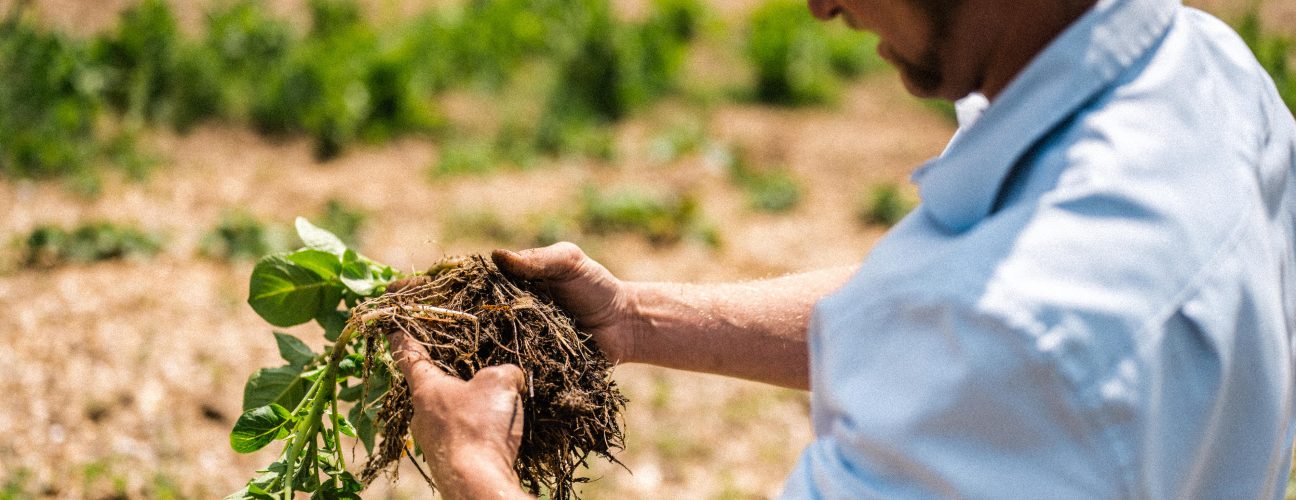We farm 2500 acres regeneratively and organically, applying a holistic approach. We are currently growing organic linseed, organic gluten-free oats and wheat / grain varieties, and have 480 New Zealand Frisian Jersey crossbreed dairy cows and a mobile milking parlour. The dairy enterprise is run as a shared-farm partnership.
*Tim is an OF&G licensee. The OF&G’s annual food and farming National Organic Conference was held at Kingsclere Estates in July 2024*
Our vision at Kingsclere is to regenerate the estate for a fertile future by encouraging the growth of a circular community – of growers, farmers, producers and local businesses (see ‘Sustainability in Practice’). We have seen first-hand the outcome of commodity farming, and the benefits of working within a circular economy (designing out waste and pollution, keeping materials in use for as long as possible, and regenerating natural systems). We’re actively looking for partners who want to be part of this exciting journey alongside us.
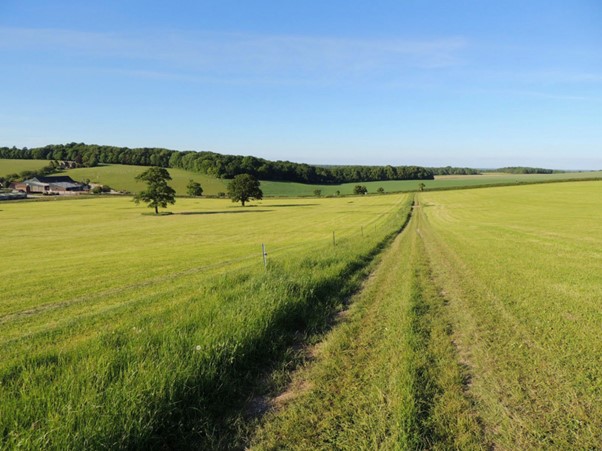
We produce organic wheat (milling and feed), barley (malt and feed), oats and beans (for human consumption). We have converted buildings for commercial uses, rent out houses for residential accommodation, and we’ve just started a green burial site.
We split the 2500 acres into 8 cropping blocks which helps form the rotation – we have 4 years of herbal leys (which are grazed) and 4 years of crops.
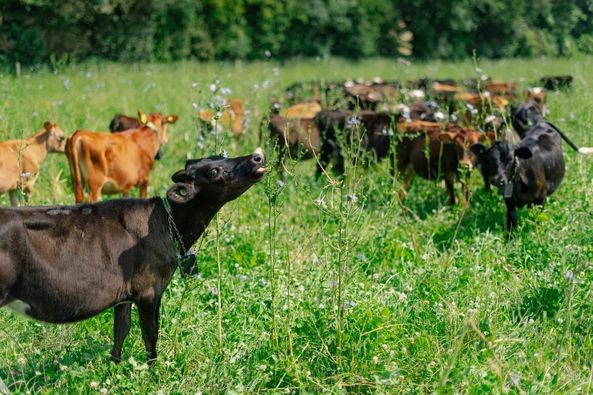
Every year some grass goes into crop land and vice versa so we always have that rotation going on. I am only interested in growing high value crops (growing feed does not make sense to me) and my decisions on what to grow are influenced by considering the companies I sell to.
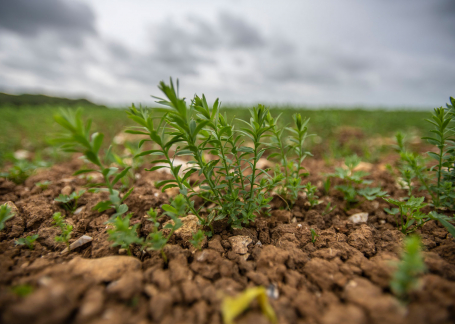
I took over the management of the family farm (when it was just arable) in 2004 when I was 24. Back in the 1990s, the farm mainly ran an arable operation but also had a dairy and a pig operation. The animals were housed, and while the straw from the arable land was used for bedding, the manure could only be spread on a few fields near the barns. Soil fertility was constantly depleted on the rest of the land (not made any easier by trying to grow crops on the chalky loam of hills with many fields almost covered with flint). With the low milk price in 1997 and with new animal welfare regulations, the farm was losing money rapidly. It became clear that a very different approach was needed, and reducing financial risks became the main goal.
After completing a Nuffield Scholarship in 2013, I was inspired to deploy an abundance mentality rather than the old reductionist mindset and came across the ideas of holistic management and enterprise stacking – aiming to get the same bit of land to run more than one enterprise, and that’s where productivity gain can come from. After learning how to handle cattle, I entered into a share-farm agreement in 2017 which saw dairy cattle return to the farm. As soon as we reintroduced livestock, we were able to start building soil health and reduce our weed burden.
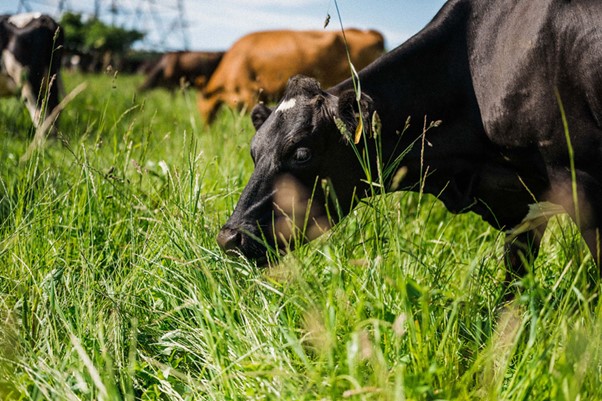
Our gradual organic conversion has been built on the back of deploying a regenerative agriculture approach. We adopted a direct drilling system on the farm with the assistance of minimal tillage when necessary, in an attempt to maintain ground cover, and build soil structure and diversity whilst reducing costs. We used global positioning systems and the latest aerial imagery to create detailed maps, enabling us to pinpoint areas where site specific management is required – for example, increasing sowing density or improving the organic matter within the soil. This allowed us to enhance the natural potential of the land for the future whilst helping to minimise our reliance on chemical inputs.
Whilst the farm business is important to us, we also recognise our role as stewards of the countryside. We aim to maintain the land through our management practices, improving and growing the potential of our beautiful landscape, and the wildlife that thrives here.
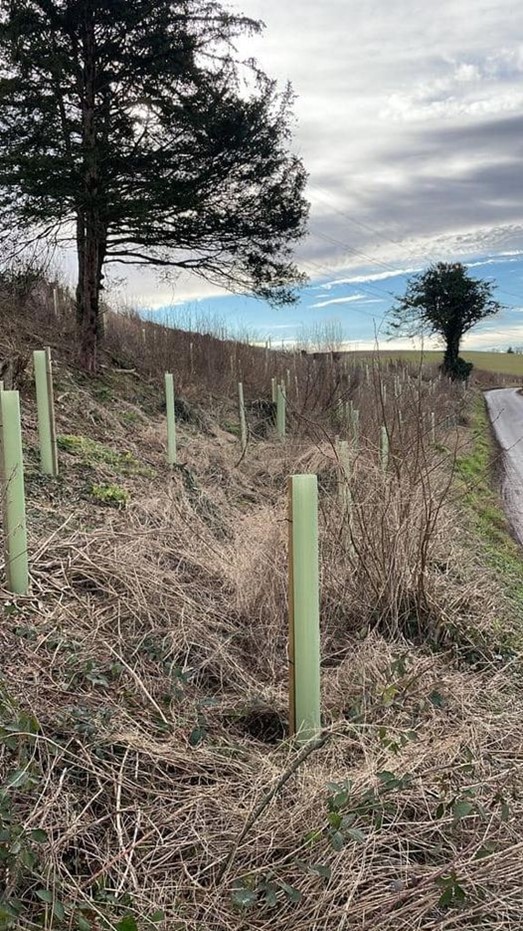
The decision to convert Kingsclere to organic was driven by the consistently higher price for organic milk and dairy products. In 2017, I decided on a phased conversion, one eighth of the land at a time – which meant the whole farm became organic by 2023. I have had to learn a lot, and by not making the farm organic all at once, I knew that if something went wrong, I would still make a profit from conventional crops.

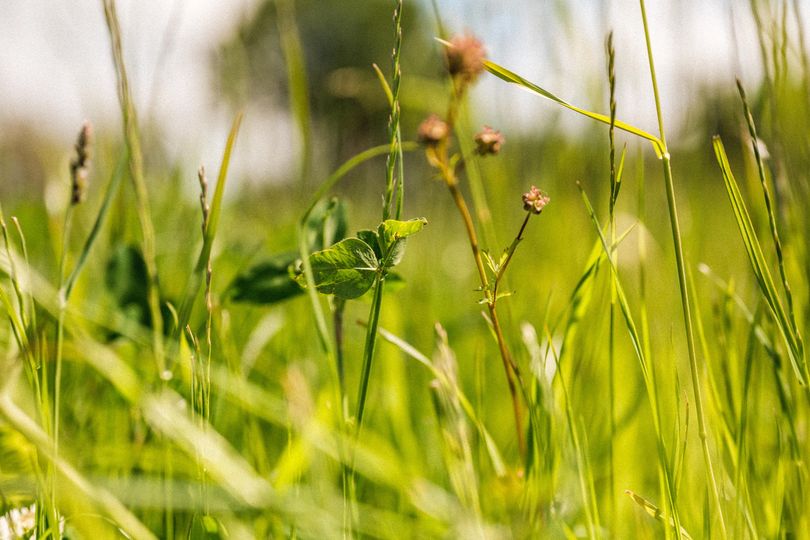


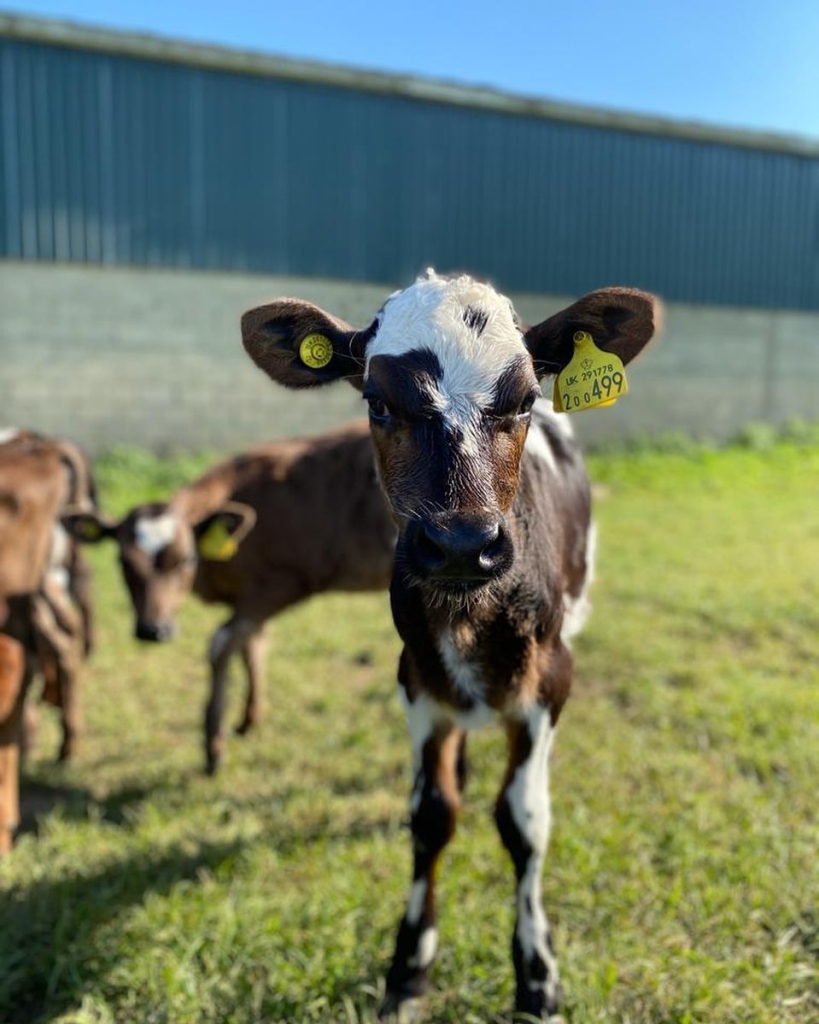

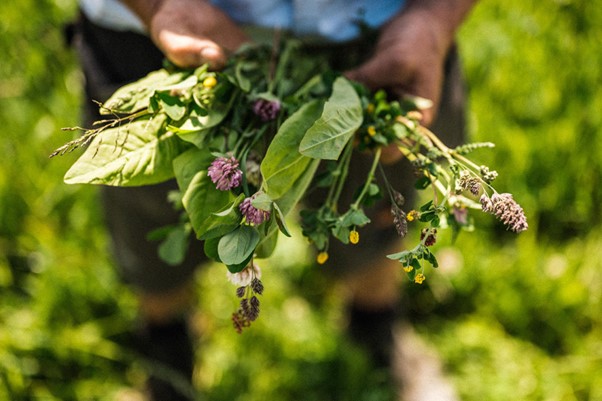
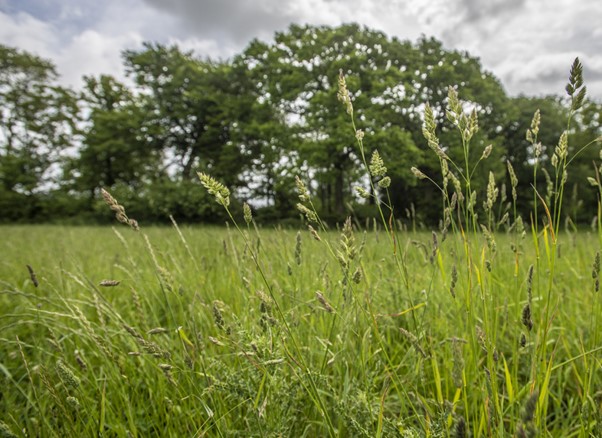
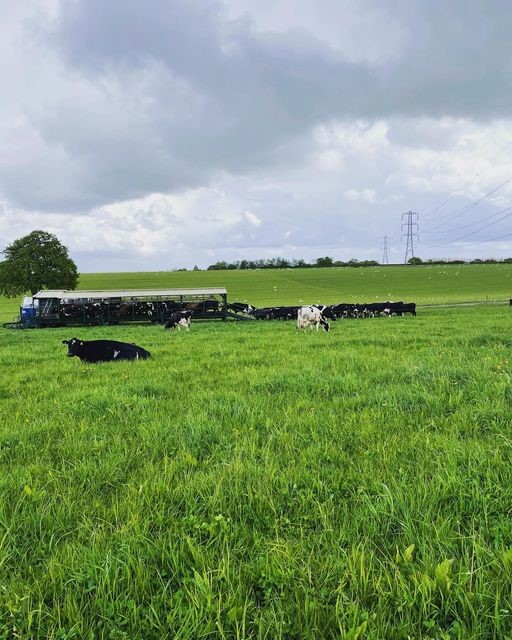



Sustainability in practice
Holistic management
We practice regenerative agriculture on the farm, and within this, the management technique we use can be termed holistic management.
We began adopting a holistic approach in 2013 (after completing my Nuffield) when we realised that all arable farming, since the closure of our dairy 10 years earlier, was becoming increasingly difficult to maintain. We were struggling to improve yields year-on-year, despite growing expenditure on increasingly sophisticated inputs and technology. It was clear that the soil was becoming lifeless and lacking in organic matter and we needed to have a new approach, to get the soil back to maximising its potential and for the land to remain profitable. I had been exploring conservation agriculture, no tillage etc. for a few years but we were still having lots of problems – with build-up of slugs and with blackgrass and other pernicious weeds. There wasn’t a chemical we could use on the blackgrass to kill it. It started to just not feel right.
I recognised the farm’s biggest strength was grass and dairy and wanted to get livestock back on to the farm to get grass back into the rotation. I knew we’d get a good quality egg and flavoursome meat due to the pasture system. To get more experience with keeping livestock and holistic managed grazing I first introduced sheep to the farm and set up a system where the cattle were owned by another farmer, but they grazed the pastures, and I managed them. It was low risk and low cost. I introduced true mixed farming back into the land holding, through adding four years of herb-rich leys into the rotation, and rotationally grazing these leys with a mix of animals which have included sheep, pigs and chickens and, now, dairy cattle. Breeding ewes and beef cattle were brought in to help with soil improvement and to maintain an economic output from the leys (view what Tim has to say about how dung can benefit the soil and climate change in this short BBC video clip).
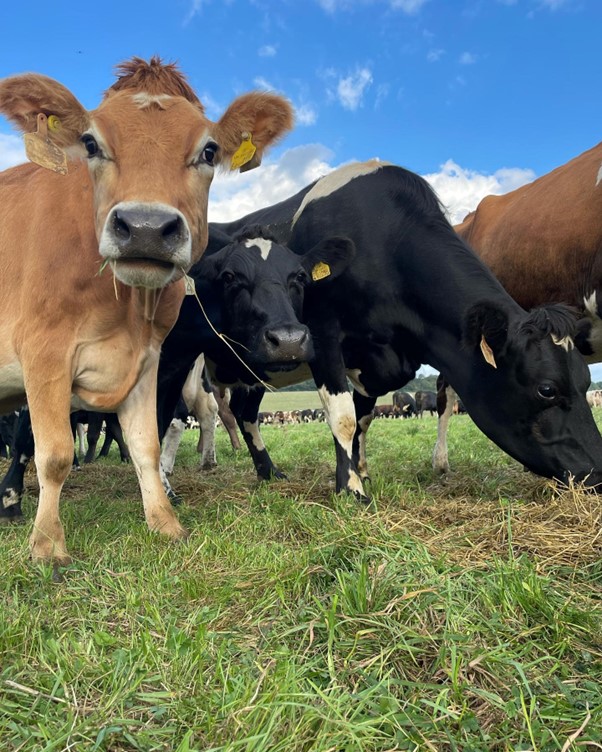
The animals are grazed in a way that ensures that the whole farm gets the benefits from the grass and livestock, by keeping everything mobile. Costs are kept to a minimum by copying nature. Lambing was in May, at the same time as when our native deer population start calving.
The productivity and carbon-building capacity of the grass is improved by leaving long periods of rest between each grazing, allowing the plants to recover. The health of the system is promoted by mixing the class of livestock that run over the ground. The carrying capacity of the land has been increased by following the grazing animals with a mobile poultry unit, a technique called enterprise stacking. I saw this technique in the US on a farm called Polyface, while I was traveling during my Nuffield Scholarship.

The soil structure and colour has improved dramatically, and wildlife surveys conducted by the local wildlife trust show a lot of promise. While we have made the same sort of money as previously, we have added a whole new layer of resilience to our system by adding the leys.
The biggest challenge for me and others I have spoken to who have undertaken new projects have been social issues. Change management is a huge subject that needs to be understood to maintain focus in what is a long-term project. Anyone interested in doing this will find that the hardest step is the first one. You should get on and do it, however you should be prepared for the low point that will naturally occur when undertaking any change. Never be afraid to seek mentorship and keep talking to others.
Enterprise stacking / Circular community
When I looked at how we could continue with our business into the future (after doing the Nuffield Scholarship programme) I realised I needed to get more integrated into nature and that the growth of our business was going to come with working with more natural systems, and I realised that I needed help from other people.
At Kingsclere, old farm buildings have been converted into a 100,000sqft commercial space which houses 50 different businesses, the waiting list of companies wanting to rent is growing. The 35 existing farm cottages have been refurbished for residential accommodation. I hope to significantly increase the number of partners I farm-share with. Kingsclere could become a farm hub where some or all the ingredients needed by the businesses in the commercial space are produced on the farm – milk for a cheese maker, malting barley for a microbrewery, heritage wheat for an artisan bakery. And with Basingstoke just five miles away, a customer base is pretty much guaranteed…
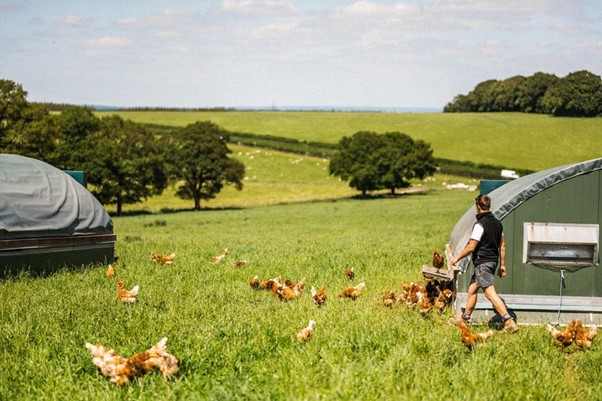
A carpenter who wanted to get into farming built a mobile hen house and kept 50 laying hens on pasture that had been grazed by cattle. He became one of my business partners. The chicken flock grew to 1,200 hens which were housed in four mobile units so could be moved from one part of the farm to the other quickly. We slowly expanded where we could, trying to get a premium for the good product that was produced from this system. Profit from the eggs was shared in accordance with the share-farm agreement. With the units being mobile, he could grow his business beyond Kingsclere by co-operating with other farmers in the area who also wanted to ‘host’ a flock of hens. It was done on a shared farming basis – profits and sales were all split. Unfortunately, the egg business stopped trading, but it is a good example of starting a new enterprise from scratch on the Estate. It was a new business, and was under the same rules as any new business – they do fail, and that’s a feature of working with start-up businesses.

Farm partner Oliver Chedgey runs the dairy cows and the 20-a-side mobile milking parlour, with the running costs split between us. Oliver owns the machinery and puts in labour; I provide the food and the land. We share the actual cows and running costs. The income from milk and surplus cow sales are split accordingly. We started in 2018 with 180 in-calf heifers and the herd has grown every year since – we currently have 450 cows. We have gone back to traditional breeds – their health is very high. Our milk yield is about 3,500 litres per year per cow. Having a mobile parlour means that we have cow muck in the field where we want it to be – with no extra cost to spreading it back on the land. It is a cost-efficient system.
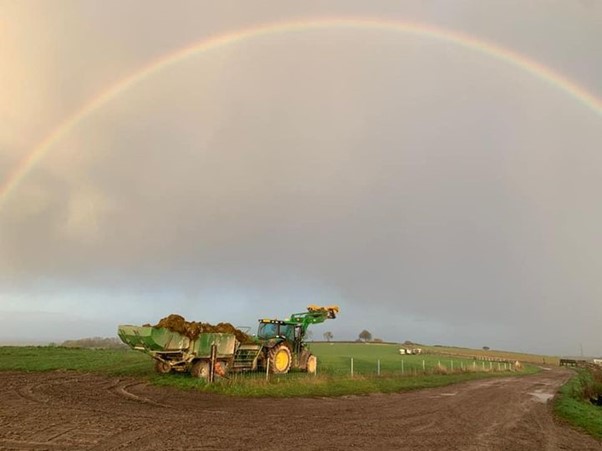
We are now running a programme called ‘Pitch Up‘ – we invite people to pitch ideas and will hopefully develop more enterprises via this. There is opportunity for 20-30 different enterprises to stack on top of what we are currently doing on the farm.
Motivations
I believe in growing potential – seeing the potential in everything that I am involved in and helping people realise the potential of being better than they are today and helping them get there. Success grows success.
I am the fourth generation of farmers in my family. I studied agriculture from 13; doing a GCSE in agriculture at Brymore secondary school, and then completed a degree at Harper Adams in 2004. I returned home after this and took over the management of the arable crops on the farm.
In 2011 I was accepted in to the Nuffield Scholarship program, and wrote a paper entitled ‘Understanding and implementing sustainability.’ The Nuffield experience gave me great insight into the way I wanted my business to run in the future. I realised that I needed to think differently about what I was doing as a farmer.
I am really interested in solar energy, capturing as much as I can and converting it into human usable energy as profitably as I can. The main engine in this exchange process is the green leaf, and in order to get the most from the green leaf, I need to have a readily available source of nutrients and water. I believe that the cheapest and most resilient way of doing this is naturally, through investing in soil health. I also need to maximise the amount of green cover I have on the land throughout the year (I am currently doing a strip till trial – having constant green in fields ensures there will still be some carbon pumping into the system).
It was due to this realisation that I put half the farm down to a four-year herb-rich and red clover ley that would maintain green cover 365 days a year, increase organic matter levels, and due to the diverse rooting characteristics, would help aerate the soil and make many more nutrients that are locked up in the soil profile available.
As a result of my research on sustainability, the five golden rules we follow on the farm are:
- We will choose to support local businesses.
- We know that quality products will lead to the way to greater profits.
- We are proud of what we do, how we do it and where we do it.
- We will do good to all our people.
- We know there is an abundance of opportunities within our land holding.
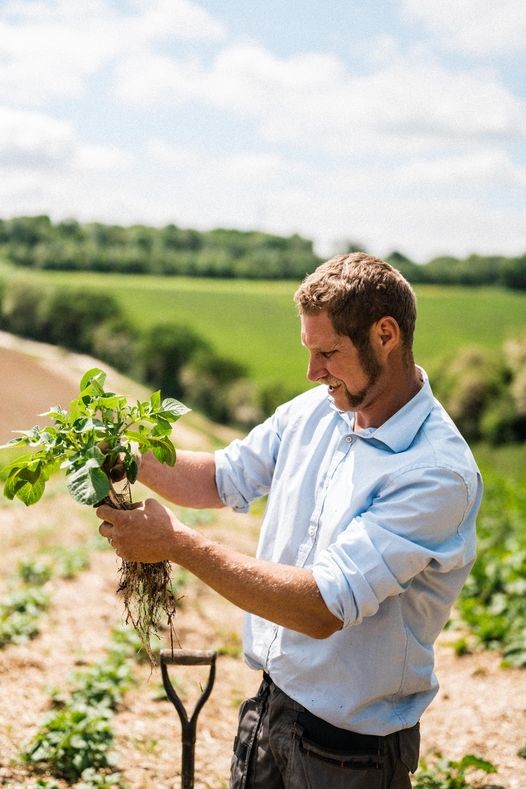
I feel that my greatest achievement so far has been completing my Nuffield Scholarship and working towards putting my recommendations into practice.
I am passionate about building communities on my farm – we need the community to build our business. I can’t see how to get off the commodity cycle without taking a lot of people with me. The farm provides the ideal environment for testing ideas, and I am happy to give young farm entrepreneurs with a business proposal the chance to try things out – if it works, I may consider a farm-share partnership.
Find out more…
- Find out about the latest activities at Kingsclere Estates by reading their blogs, explore the many resources featuring Tim and Kingsclere Estates here.
- Find out about farm walks at Kingsclere throughout the year here.
- Listen to a podcast from February 2022, On Your Farm – Growing Communities (first broadcast on Radio 4, produced and presented by Sarah Swadling, and available on BBC Sounds until spring 2023) where Tim describes his journey of regenerating the land and finances of Kingsclere Estates and why he believes farming needs to be about creating communities, “from the tiniest soil organisms all the way to bringing new start-ups into the business.”
- Read a recent article written by Marianne Landzettel and published by the ORC ‘Find partners, minimise risk, increase profit – Tim May, Kingsclere Estate‘
- Listen here to Tim talking about the farm and his way of farming in a podcast published by Natural England in 2019.
- Listen to ‘Meet the Farmers’ Episode 6. – Tim May at Pitt Hall Farm‘ published in 2017 to gain insights into Tim’s farming approach in the context particularly of his focus on sustainability and the importance of focusing on soil health to help enable reducing inputs and increasing yields (after having completed his Nuffield Scholarship a few years earlier).
- The video ‘Power Grazing’ made in 2017 demonstrates the ways in which grazing animals can be used, as Tim says, “as a tool to recuperate the soil.”
- Kingsclere is an AHDB Monitor Farm (2024-2027)
All images courtesy of Tim May and Kingsclere Estates. All Rights Reserved
